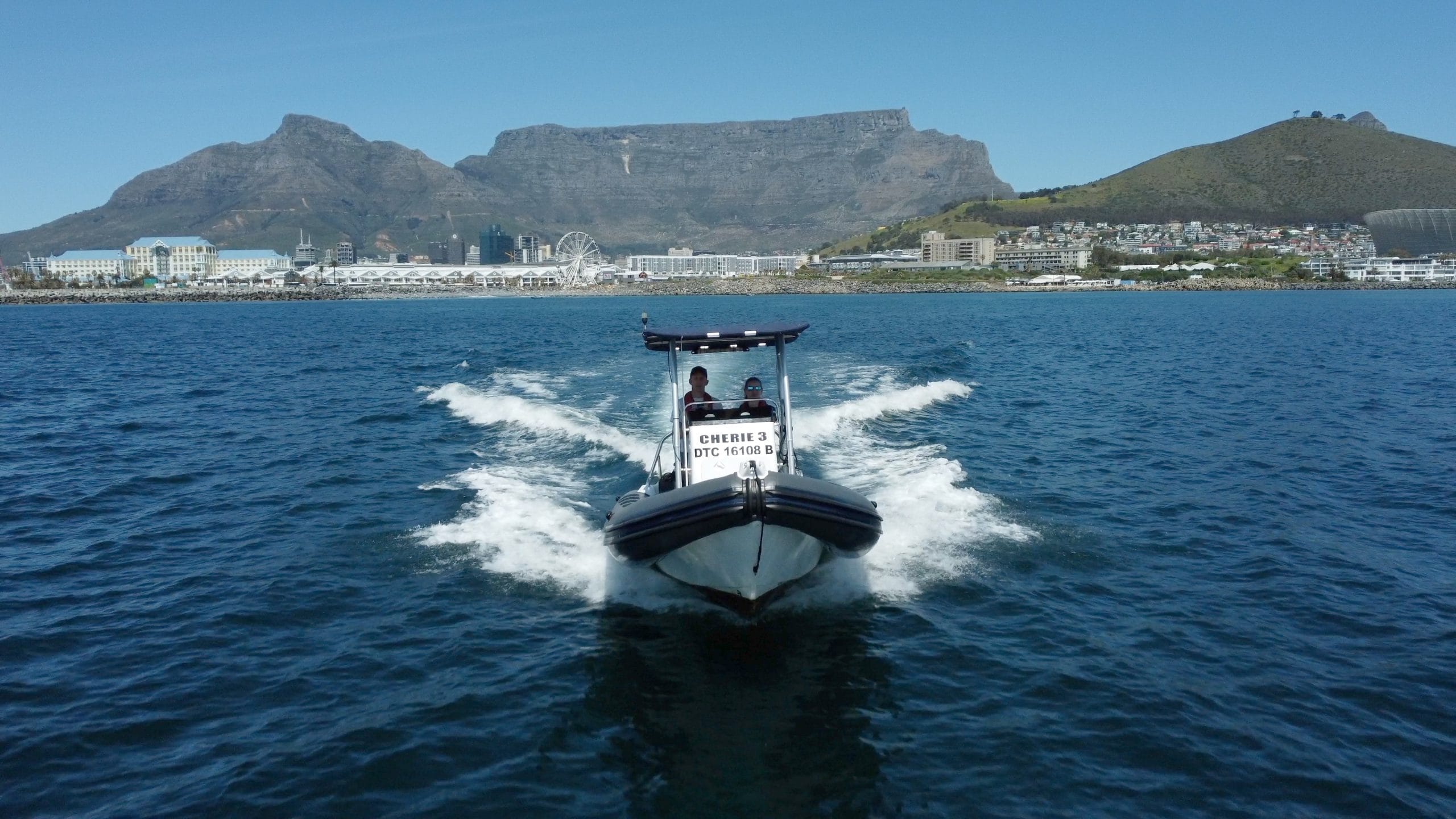As the 2024 Mediterranean yachting season draws to a close, it’s time to start planning your training and US B1/B2 visa for the upcoming Caribbean season, which typically runs from late November to the end of February. In the next couple of months, we’ll be entering a ‘turnover’ period—a time when yacht crews reshuffle and new positions become available. If you’re aiming to work on a yacht during the Caribbean season, one of the most crucial items on your resume is the correct visa—in this case, a US B1/B2 visitor visa. At Superyachting South Africa, we encourage our students to prepare early and thoroughly for all aspects of yachting, and that means applying for your visa now.
In this blog, we spoke with former yachtie Nanette Anderson, now Director of visa specialists Manhattan Maritime, to get the inside scoop on the application process.

What is your yachting background?
“I spent several years in the yachting industry, eventually working my way up to Chief Stew, mostly on dual-season yachts. Since moving ashore, I’ve been assisting yachties with visa applications for the past eight years. We have an office in Cape Town, but we can assist crew all over the country, and in some cases, even outside of South Africa.”
What services do you provide?
“We assist with almost all non-immigration visa applications, including Schengen, UK, USA, Australia, and more. This applies to both crew who are already employed and those just starting out in the industry. We also offer ongoing advice to all our clients regarding immigration procedures, helping ensure they understand how to comply with the visas issued to them. While we mostly assist South Africans, we can also help other passport holders with US and UK visa applications.”
What visa do you need for the US?
“To work on a yacht, you’ll need a B1/B2 visa. This is a visitor visa that allows for both tourism and certain business activities. It’s a 10-year visa that permits a stay of up to six months per entry into the US.”
How hard is it to get a US B1/B2 visa?
“Obtaining the visa can be tricky, depending on the applicant’s circumstances. The US Consulate will assess the applicant’s ties to their home country, which is the main factor in deciding the outcome of the application. It’s always best to apply while you’re currently employed or enrolled in studies.”
What is the application process?
“The application process begins with completing the DS-160 online form. This form is extremely detailed and is the cornerstone of the entire application. The process differs from other visa applications because the Consulate doesn’t require you to have concrete travel plans before applying—in fact, they advise against making plans until you have your visa in hand. You’ll provide a general outline of your travel plans and explain how you can afford the trip. The interview can be intimidating, but it generally only lasts a few minutes, and the outcome is given immediately. If successful, the Consulate will capture your biometrics and hold onto your passport to insert the visa once it’s issued.”
How much does it cost?
“The US Embassy charges a fee of $185 for a B1/B2 visa, which is currently around R3,500. Given that this is a 10-year visa, it’s quite reasonable compared to other countries—for example, a 10-year UK visa can cost upwards of R20,000! If you choose to use an agency to help with the process, you can expect to pay an additional fee of around R3,000 for their services.”
What are the risks?
“It’s crucial for applicants to carefully consider what ties they can demonstrate to South Africa before applying. Without strong ties, the application is more likely to be unsuccessful.”
How long does it take?
“Appointment bookings usually take a couple of weeks, depending on the time of year. Since the DS-160 form is detailed and time-consuming, it’s best to allow a few weeks for preparation before your appointment. After attending the interview, visa processing is quick—usually no more than five working days. Your passport will be couriered to a designated DHL branch, or you can arrange for home delivery for an additional R310.”
What else do I need to know?
“Getting the visa approved is just the first step. The next challenge is entering the US and successfully passing through immigration. Travelers will be asked about their intentions upon entry, and immigration officers can deny entry even if you have a valid visa. It’s essential to enter with a return flight booked. If you’re entering as an employed crew member, you’ll be stamped in on the B1 (business) side of the B1/B2 visa. If you’re entering as a tourist, you’ll be stamped in on the B2 (leisure) side. Although it can be logistically tricky, it’s advisable to exit the US on your B2 status and re-enter with your yacht papers once employed. This way, you can be stamped in on the B1 side and avoid any potential complications with immigration.”
Summary
If you would like to find out more information on the Caribbean season, the US B1/B2 visa, or what courses to take, then don’t hesitate to contact us and speak with someone who has been there and done it.


